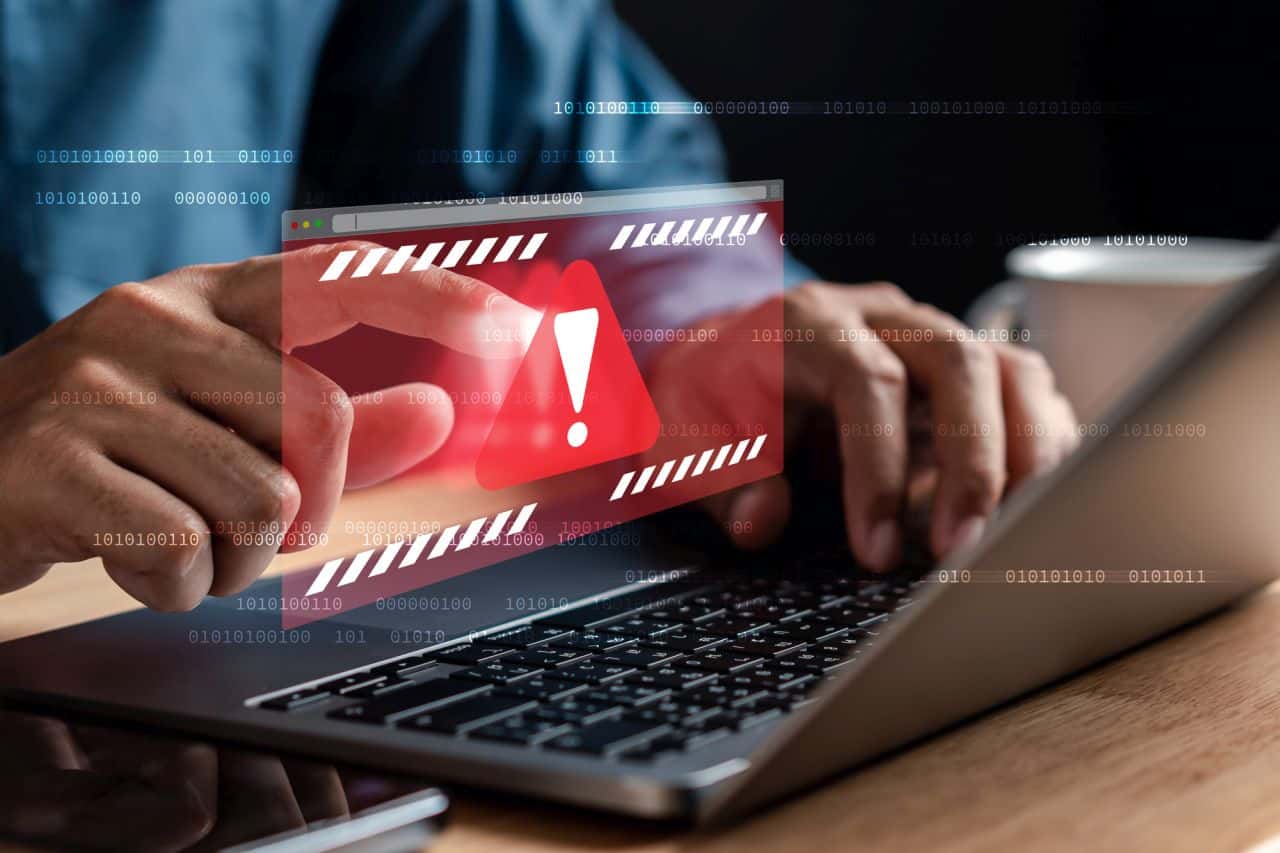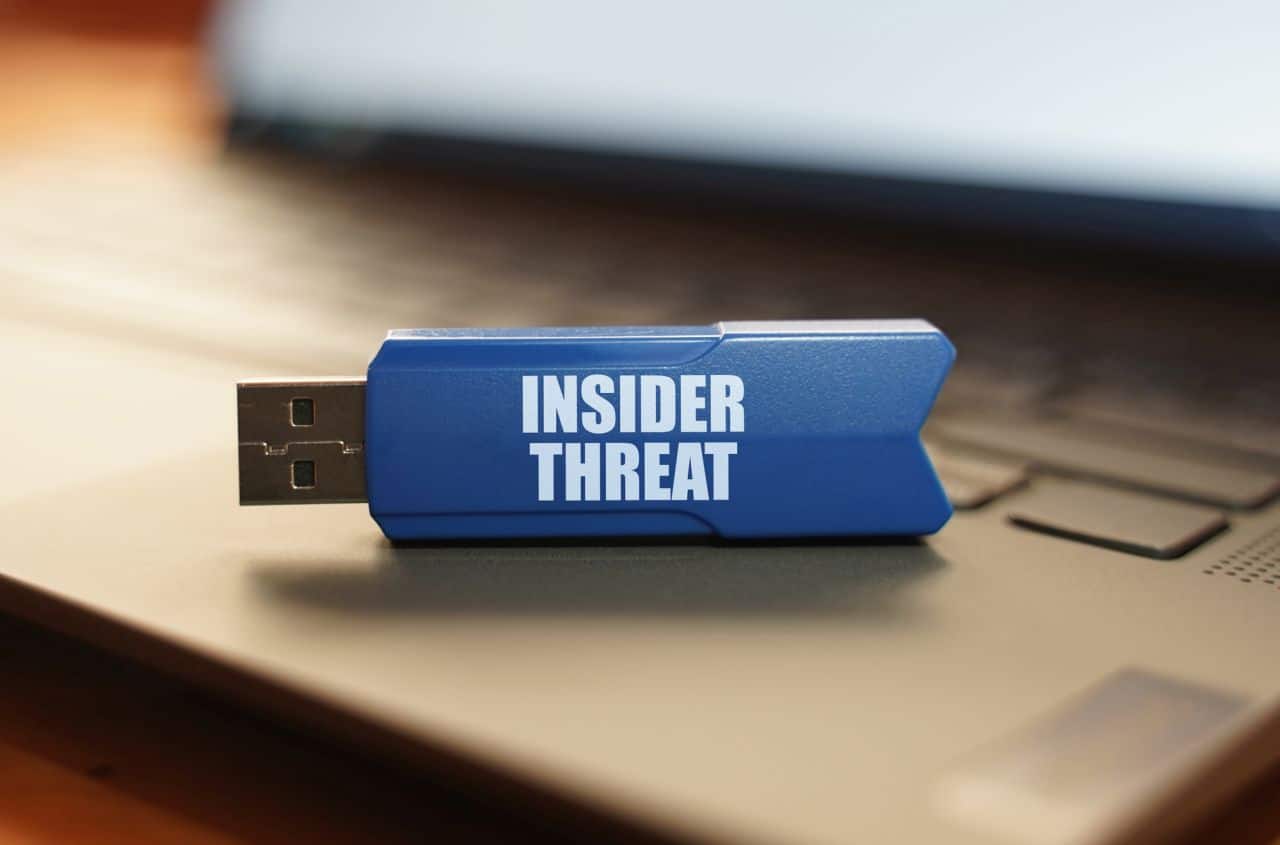When you think of threats to your company, external hackers and cyber-attacks might come to mind. Yet, the danger often lurks closer than it appears. Insider threats arise from individuals within an organization—employees, contractors, or partners—with access to sensitive information and systems.
These insiders can compromise your company’s security, intentionally or accidentally, causing significant financial and reputational harm. Understanding and mitigating these risks are not just IT issues; they’re widespread concerns that demand a comprehensive strategy.
Your approach to this silent danger requires more than a strong defense; it necessitates a preemptive and varied plan. The strategies below provide a framework for managing insider threats and protecting your company from within.
1. Understand And Identify Insider Risk
Recognize that identifying insider risk is about vigilance, not distrust. A robust system that identifies insider risk combines technology with a keen understanding of human behavior. Monitoring for unusual access patterns or sudden changes in data usage helps to detect potential threats quickly.

Opt for systems that offer real-time analysis and notifications, which allow you to act swiftly in investigating any discrepancies. Setting clear norms to define normal and abnormal behavior for various roles can be beneficial. Regularly refresh these norms as the digital landscape and roles evolve, implementing safeguards to flag behavior that strays from the norm.
Making staff aware of these monitoring systems can prevent malicious actions. Being transparent about your approach to insider risk cultivates a culture of accountability and emphasizes the importance of everyone’s commitment to security.
2. Develop A Comprehensive Mitigation Program
Develop a mitigation program to respond to insider threats. It should detail how to prevent and address potential insider incidents. At the heart of this program are training initiatives that ensure each team member understands the seriousness of security measures and their role in upholding them.
Your program must be adaptable, changing with the dynamics of insider threats and your business’s growth. It should include regular evaluations of essential assets and the safeguards required to protect them, forming a multi-layered defense against various insider threats.
The program should also outline how to handle incidents, from containment to eradication and recovery, equipping you to reduce damage quickly and effectively.
3. Foster A Culture Of Security Awareness
Cultivating a security-conscious culture is crucial. Initiate this process during the onboarding phase and reinforce it with ongoing, dynamic training sessions. These sessions should be interactive, using scenarios that illustrate the real-world consequences of security breaches.
Encourage security ownership by recognizing employees for their vigilance and adherence to safety practices. Routine updates on security topics and procedure reminders ensure security remains a priority and affirm its value to your company’s success.
Additionally, the process for reporting suspicious activity should be straightforward and approachable. Employees must feel comfortable raising concerns, which increases transparency and reinforces integrity within the company.
4. Implement Strict Access Controls
Grant access to sensitive data only when necessary, applying the principle of least privilege. This strategy limits the potential for damage from insider actions, intentional or otherwise.
Audit access rights frequently, making adjustments that reflect shifts in roles promptly. Alter access immediately following an employee’s departure or role transition. Incorporating multifactor authentication adds an additional layer of security, rendering stolen credentials ineffective for accessing crucial systems.
5. Leverage Advanced Monitoring Tools
Invest in technologies that provide a complete view of your internal operations. Advanced tools do more than record activities; they analyze behavioral patterns and flag anomalies. Equipped with sophisticated analytics and machine learning, these systems continuously refine their detection capabilities.
Ensure these tools integrate seamlessly with your existing infrastructure, providing a unified dashboard for a holistic view of security. Swift access to incident data results in faster response times and more thorough investigations.
While staying vigilant, also respect privacy and comply with regulations. Your tools and practices should protect personal privacy while securing the company.
6. Conduct Regular Risk Assessments
Performing regular risk assessments is critical for directing your security measures. They pinpoint weaknesses and evaluate how potential threats could impact your company.
Comprehensive reviews encompass not just technology but also processes and behavior. This ongoing practice involves identifying key assets, assessing threats against them, and evaluating the effectiveness of current controls.
Such practice allows you to prioritize risks and distribute resources to areas more vulnerable to threats. Including representatives from different departments ensures diverse viewpoints, leading to a well-rounded and actionable plan.
7. Plan For The Human Element
People can sometimes be the most unpredictable element in security. Social engineering attacks exploit this vulnerability. It’s critical to encourage employees to report phishing attempts and suspicious conduct without fear of reprisal.
A comprehensive training program that addresses human security aspects, such as recognizing phishing emails and handling sensitive information, fosters good security habits and bolsters your human firewall.
In Conclusion
Your handling of insider threats should be as dynamic and multifaceted as the threats themselves. By implementing these strategies, you create not only a defensive posture but also a proactive culture aimed at preempting threats.
With continuous education, the right technology, and a firm commitment to security, your business is better equipped to handle the nuances of insider threat management and thrive in an ever-evolving digital world.
